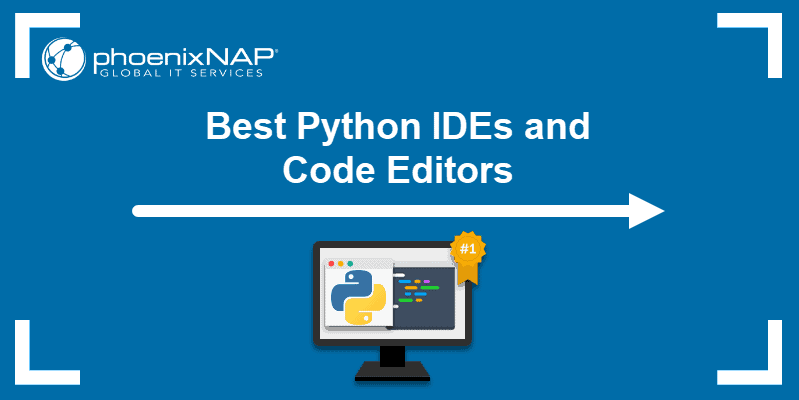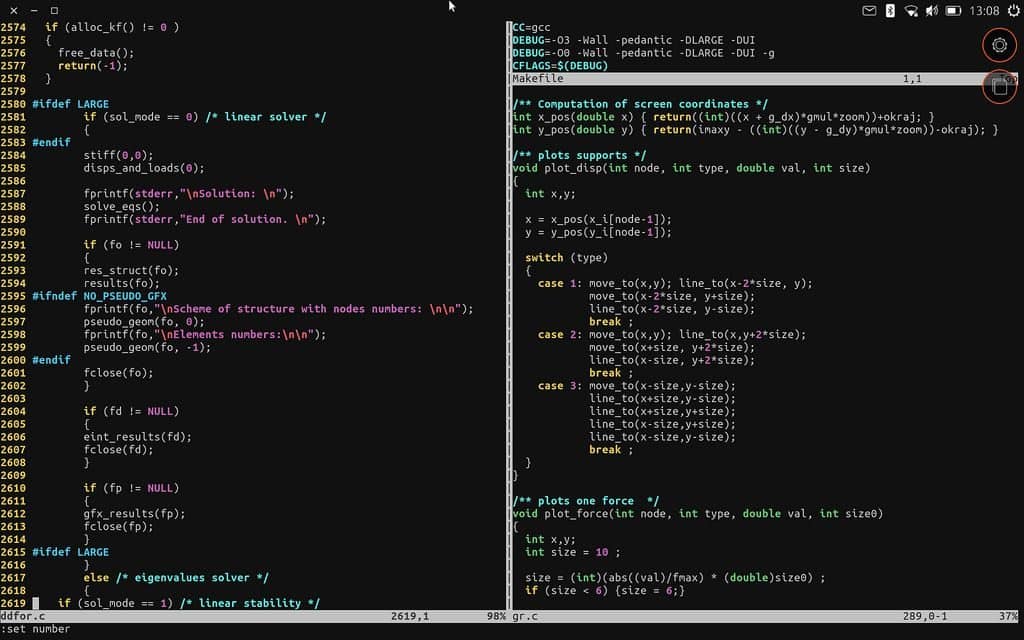

- Python text editor to command line how to#
- Python text editor to command line install#
- Python text editor to command line portable#
Python text editor to command line portable#
# Reopen the file to read the edited dataĬlick is a great library for command line processing and it has some utilities, click.edit() is portable and uses the EDITOR environment variable. # Flush the I/O buffer to make sure the data is written to the file # Write the initial content to the file I/O buffer With tempfile.NamedTemporaryFile(suffix=".tmp", delete=False) as tf: # We want to reopen the file incase the editor uses a swap-file. # NOTE: Don't autodelete the file on close! # Open a temporary file to communicate through (`tempfile` should avoid any filename conflicts) # Set initial input with which to populate the buffer # Get the text editor from the shell, otherwise default to Vim Including passing input to the editor and reading output from the editor.

I wrote a small module named callvim.py (betraying my preferred choice of text editor) which creates a temporary file, populates it with some text, opens it with a text editor (defaults to vim), and prints the modified text: #!/usr/bin/env pythonĭemonstrates calling a text-editor (e.g. Get the edited text back for use in the program don't leave anything lying around after the program exits Regain control after the text editor exits FeaturesĬall a text editor from within a program in order to edit a file or buffer emacs, vim, etc.) into command-line Python programs. Learn more in Amjith Ramanujam's P圜on US 2017 talk, Awesome Commandline Tools, May 20th in Portland, Oregon.I'd like to know how integrate the use of text editors (e.g.
Python text editor to command line install#
Adding syntax highlighting makes an application colorful, which helps users spot mistakes-such as typos, unmatched quotes, or brackets-in their SQL before executing it.įirst install Pygments: pip install pygments Pygments is a syntax highlighting library with built-in support for more than 300 languages. We are building a SQL REPL, and having colorful SQL statements will be nice. Now let's add syntax highlighting to the user input.

Yield Completion (m, start_position =- len (word_before_cursor ) )Ĭlick. Matches = fuzzyfinder (word_before_cursor, SQLKeywords ) SQLKeywords = ĭef get_completions ( self, document, complete_event ): click.echo_via_pager() will try to use decent defaults for the pager to be able to show color codes if necessary:įrom prompt_toolkit. It is platform-agnostic, so it will work in Unix or Windows. This will take care of sending the output to stdout via a pager.

Instead of using the default print() statement, we can use click.echo_via_pager(). Displaying the output of a command via a pager is not just friendly design, but also the decent thing to do. Examples of pagers are less, more, most, etc. Pagers are Unix utilities that display long output one page at a time. Installing click is simple: pip install click Pager
Python text editor to command line how to#
This section does not talk about how to use Click as an arguments parser instead, I'm going to look at some utilities that ship with Click. ClickĬlick is a command-line creation toolkit that makes it easy to parse command-line options arguments and parameters for the program. All of that in less than 10 lines of actual code. We now have a REPL that can do auto-completion, fish-style suggestions from history, and up/down traversal of history. Once again, we simply can use a built-in completion routine of prompt-toolkit called WordCompleter, which matches the user input with the dictionary of possible suggestions and offers up a list. SQLCompleter = WordCompleter ( ,Īuto_suggest =AutoSuggestFromHistory ( ) , auto_suggest import AutoSuggestFromHistoryįrom prompt_toolkit. history import FileHistoryįrom prompt_toolkit.


 0 kommentar(er)
0 kommentar(er)
